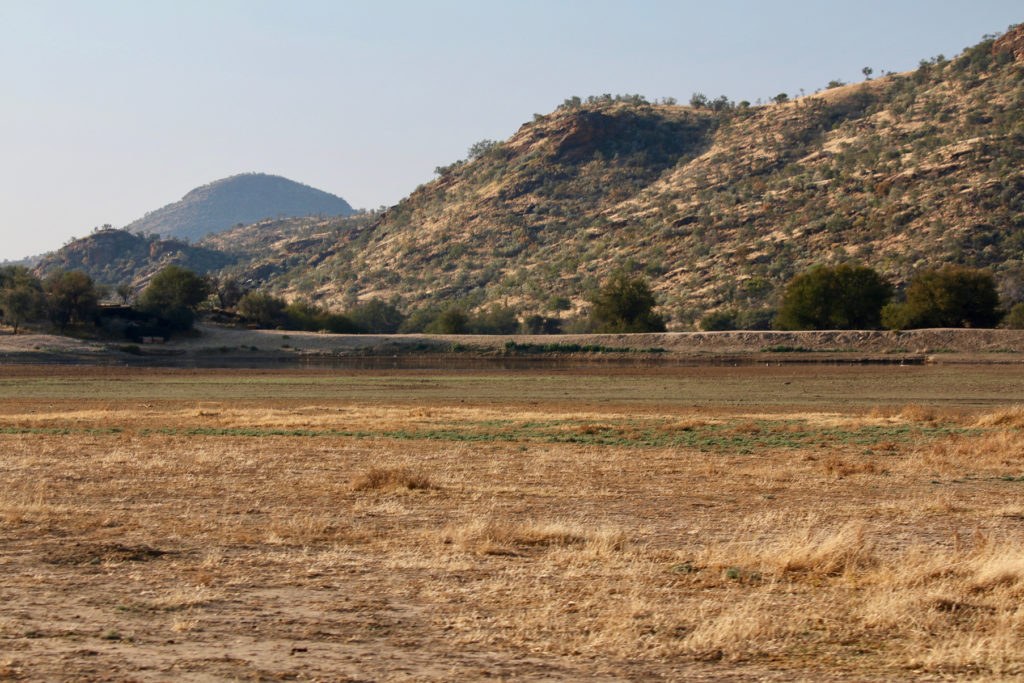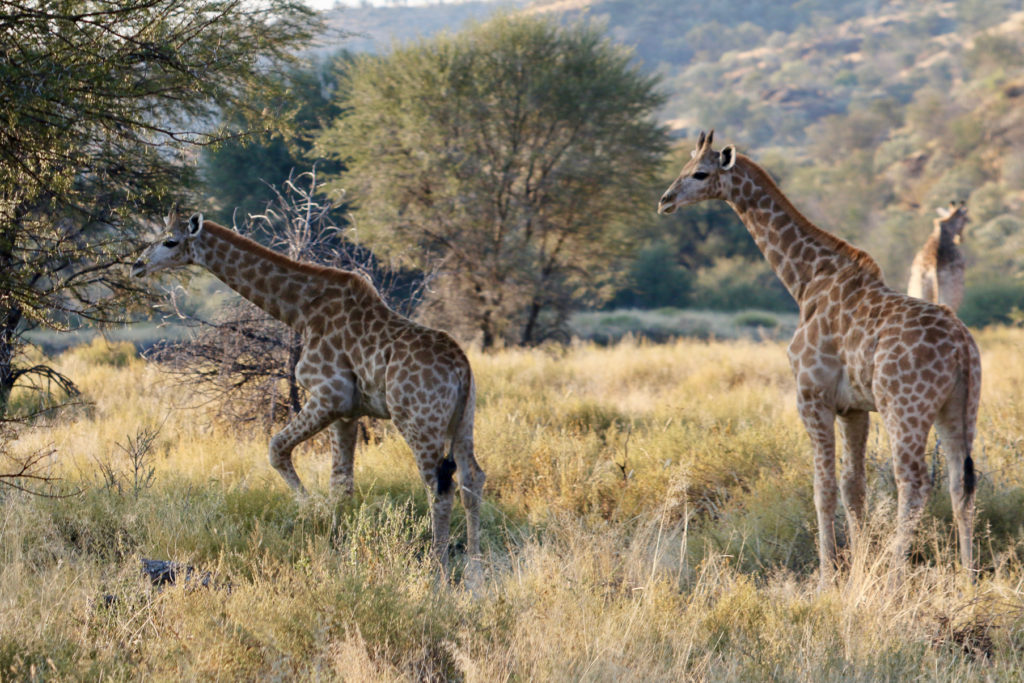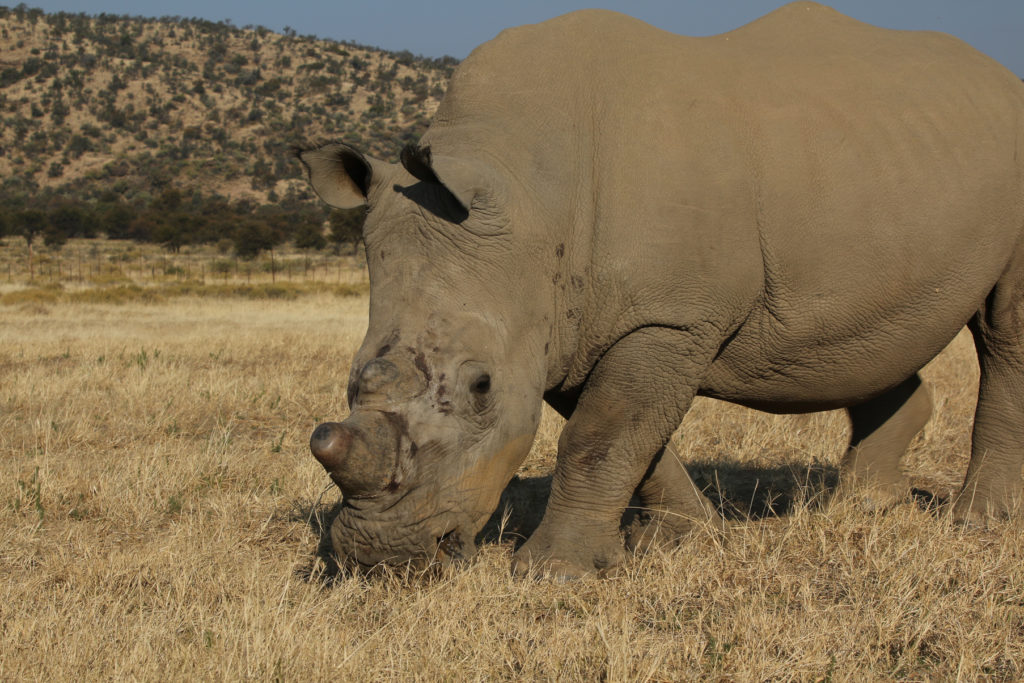As I watch the colorful sunsets and stare into the evening sky at the twinkling stars, my heart stops. I always assumed I could see every star in the sky from my backyard in Texas. Little did I know that halfway across the world, there was a completely new perspective. This is Namibia: a rich land full of descendants of the original people who have cherished their natural resources for centuries.
Unlike the United States, Namibia utilizes a community-based management approach to allow communities to protect their natural resources. Community-based Natural Resource Management (CBNRM) is the combined use and management of natural resources by a group of people in a local community. Two of the most valued natural resources in Namibia include land and wildlife. These commodities are important to everyone, and therefore everyone seems to value and treat them with respect.

Watering holes are the basis of all life in the savannah. At night, predators and prey use the watering hole to drink and hunt.
The land itself is a resource that Namibians must harness to grow limited crops that endure drought. Namibia is vast, spanning more than 318,000 square miles. When I finally had the opportunity to see this landscape, I was reminded of my travels to Eagle Pass, Texas. There, the land is dry and seemingly endless. Here in Namibia, the land sprawls out until it reaches the mountains that stretch to the sky. As I drank in the beauty of the land, my eyes were shocked when they landed on a palm tree covered in cactus-like thorns, rather than the standard smooth bark of the palms in Texas. I’m certainly going to keep my distance from this plant, unless I’m desperately running from a cape buffalo. Besides land that must be preserved, wildlife is another resource that must be protected through CBNRM. In 1996, the Nature Conservation Act was passed to give control of wildlife to local communities to enhance their economic opportunities through tourism.

Giraffes at Heja Lodge travel in herds to prevent other animals from attacking their young. The two baby giraffes looked very similar, but every giraffe has a different spot pattern.
Namibia is home to the world’s largest free roaming animals. Animals such as the cheetah, black rhino, and elephant are prized possessions to hunters, and are therefore vital to the community. Legal hunting and photo safaris bring economic opportunities to local communities; however, poaching is detrimental and strips people of their ability to utilize this vital natural resource. More than 160 rhinos have been slaughtered countrywide since 2015, with most incidences occurring in the Etosha National Park.

Rico the Rhino at Heja Lodge, grazing on the native grass. His horn was cut off to make him less desirable to poachers.
Namibians nurture their land and coexist harmoniously with wildlife; these actions stem from appreciation for the natural resources, due to CBNRM. This positive approach empowers people to protect their lands. I have a new appreciation of a distinctly different culture, yet recognize that we are more similar than appears on the surface. Now, when I stargaze back in Texas, my heart will no longer stop; instead, it will dream of the galaxy of constellations a world away in Namibia.